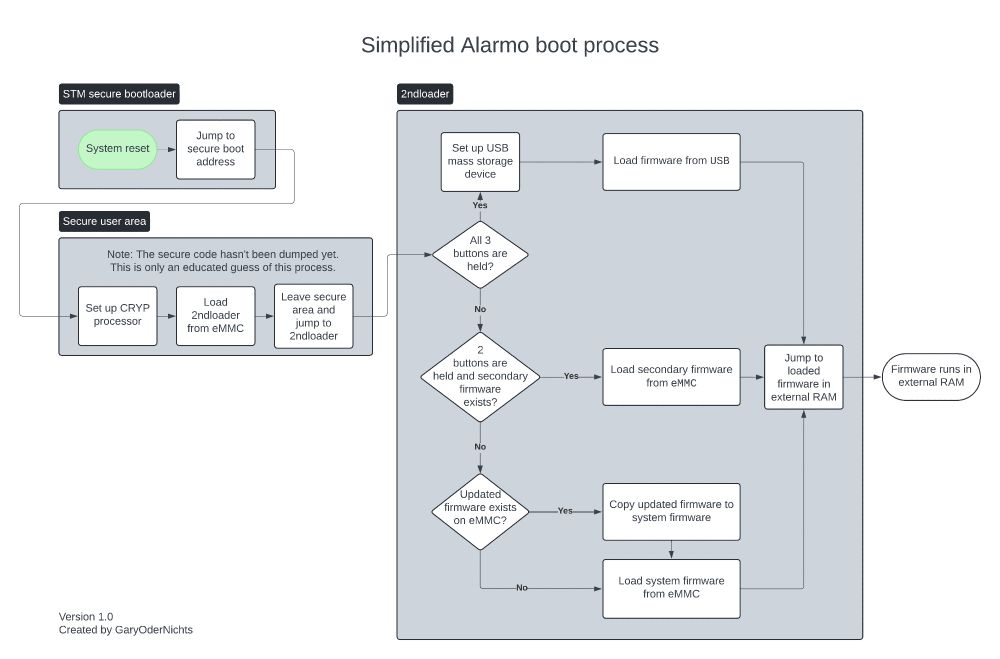@garyodernichts.bsky.social
300 followers
31 following
20 posts
Posts
Media
Videos
Starter Packs
Reposted
Reposted








